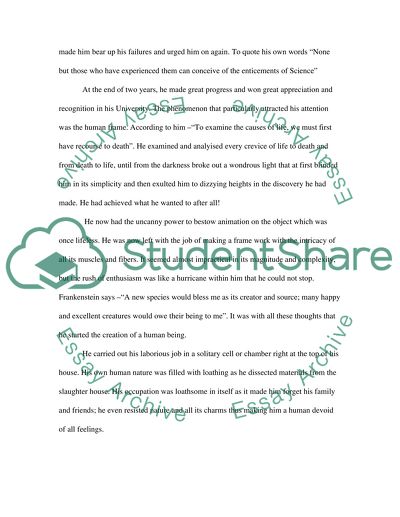Cite this document
(“Scientific and Ethical Complexities - Egg Donation Essay”, n.d.)
Scientific and Ethical Complexities - Egg Donation Essay. Retrieved from https://studentshare.org/miscellaneous/1539519-scientific-and-ethical-complexities-egg-donation
Scientific and Ethical Complexities - Egg Donation Essay. Retrieved from https://studentshare.org/miscellaneous/1539519-scientific-and-ethical-complexities-egg-donation
(Scientific and Ethical Complexities - Egg Donation Essay)
Scientific and Ethical Complexities - Egg Donation Essay. https://studentshare.org/miscellaneous/1539519-scientific-and-ethical-complexities-egg-donation.
Scientific and Ethical Complexities - Egg Donation Essay. https://studentshare.org/miscellaneous/1539519-scientific-and-ethical-complexities-egg-donation.
“Scientific and Ethical Complexities - Egg Donation Essay”, n.d. https://studentshare.org/miscellaneous/1539519-scientific-and-ethical-complexities-egg-donation.


